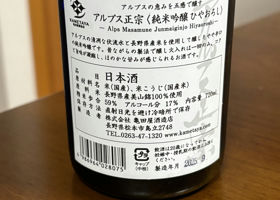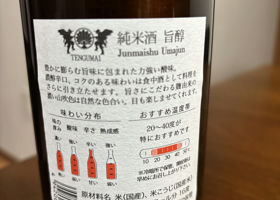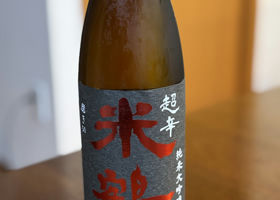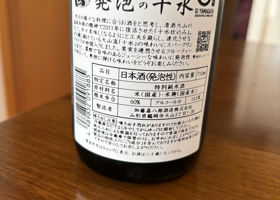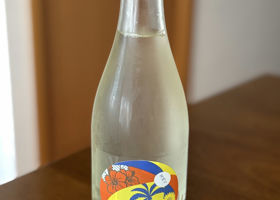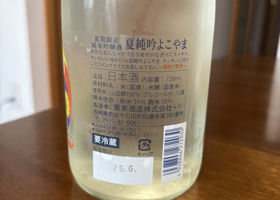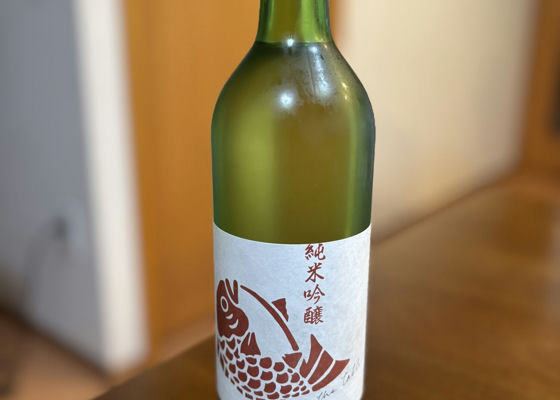


ラグビーおやじ
First landed in Tokushima Prefecture. I had known the name Naruto sea bream for a long time. I was also attracted by the wine bottle-like bottle and label, so I bought it. When you put the glass close to your mouth, you immediately smell the good fruit aroma🍏 and the taste has a deep rice flavor with a good sharpness. It is a stylish gem that I recommend.
Japanese>English
ジェイ&ノビィ
Good morning, Mr. Rugby Oyaji😃!
Congratulations on your first Tokushima sake at Naruto Tai ㊗️ 🎉It was Sandesi but our first Tokushima sake was also Naruto Tai! I'd like to drink this one at home slowly 😋.
Japanese>English












